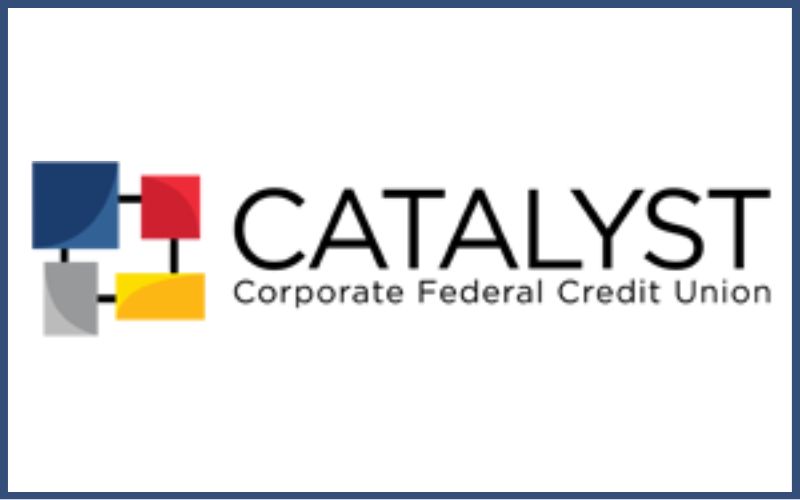2023 Mid-Year Economic Update: The Economy Continues to Defy the Odds
July 25, 2023

Let’s face it — experiencing an “uneventful” start to the year is now a distant memory.
In 2022, the invasion of Ukraine disrupted the year early and contributed to existing fuel and food supply issues. In 2023, three of the largest bank failures in U.S. history jump-started the year. Add to that the Federal Reserve’s foot firmly on the rate-hiking pedal, an impending U.S. debt default, and — over the past six months — never a dull moment in politics, financial markets or the economy.
However, throughout all of the uncertainty, the U.S. economy appears to have successfully handled the stress factors, according to Sarina Freedland at GoWest Solutions partner Catalyst.
Economic resilience
Much of the first half of 2023 was – and continues to be – spent waiting for a recession to happen. With each passing month, the wait became longer with no resolution. The economy is proving resilient, despite 525 basis points of rate increases in 15 months and pockets of weakness. Consumer spending fluctuated this year but remains strong. Spending shifted from goods to services with people traveling more and investing in experiences rather than products. Manufacturing, unfortunately, is bearing the fallout after the pandemic-fueled surge in goods buying dropped. The labor market remains tight, with the unemployment rate well below 4% and at its lowest level in more than 40 years.
Pent-up loan demand
Pent-up demand for cars and housing is keeping prices high and inventory low in both product groups, despite the rise in interest rates. Loan demand is robust in most parts of the country despite higher rates. Credit unions have struggled to find the right balance between maintaining loan demand and keeping adequate liquidity. After years of not having to raise loan or deposit rates, credit unions rediscovered the importance of maintaining market-level rates as a necessary tool for balance sheet management while still allowing for loan growth.
Persistent inflation
The Federal Reserve persisted in its battle to bring inflation down by increasing the benchmark lending rate at three of the four Federal Open Market Committee (FOMC) meetings this year. While the financial markets wanted to believe the Fed would pivot and begin to lower the federal funds rate sooner rather than later, the Fed maintained its position that inflation was not falling fast enough to warrant a policy change. Inflation is well off the highs from 2022 but the pace of falling has slowed.
Federal Reserve Chair Jerome Powell reminded the public and financial markets at every opportunity that bringing inflation back to 2% remains the goal. The last FOMC vote was a unanimous decision to pause lifting interest rates to give the committee time to assess the lag effect of higher rates on the economy. While some committee members foresee interest rates moving to 6%, the majority believe there will be two more hikes this year, which brings the benchmark rate to 5.75%. No rate cuts are expected in the near term.
Spending continues
Economists continue to point out the large amount of dollars people accumulated during and after the pandemic. Spending accounts for 70% of GDP, and it appears the consumer is the number one force behind the slower — but still positive — economy. The forecasts for higher unemployment and recession continue to be out of reach as the economy manages to defy the odds stacked against it. Challenges remain, of course, but given the activity over the past 15 months, the U.S. economy might be able to escape even a soft landing and come out ahead.
Contact your GoWest Solutions Team to find out how Catalyst can provide your credit union with analytical resources, strategic consultation or investment portfolio management services.
Posted in GoWest Solutions, Top Headlines.


















